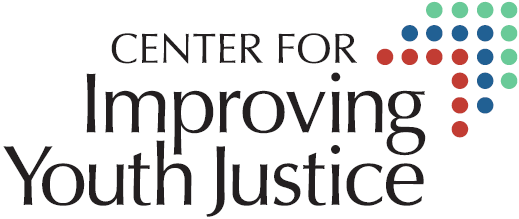Einstein defined insanity as “doing the same thing over and over again and expecting different results.” Very little has changed for young people when they leave juvenile justice facilities. They return to their communities to face the same disadvantages, discrimination and barriers that they struggled with previously, and which likely resulted in their system involvement: unstable living situations, difficulties with school, poverty and lack of access to the basic necessities needed for healthy adolescent development. Their situation becomes more challenging when they leave because their involvement with juvenile justice makes it even harder for them to get back into school, get hired for a job, enlist in the military or be eligible for public housing.nPbS is interested in what we can change that will make a real and long-term difference. One of the best opportunities we have to break the generational and repetitive cycle of incarceration is through reentry planning, programs and services that give young people real second chances. This includes making sure they have a plan that builds on their strengths to further their education, get a job, earn a living and contribute to their communities. It involves making sure young people leave with the skills, resources and supports they need, that their families are involved and that they have experienced success, felt accomplishment and have hope for their futures. Remember: Not quite half of the adults in prison went through the juvenile system first. What we know about these young people is that they are still growing and developing, presenting a pivotal moment for learning, experiencing, rewiring and healing to ensure their transition back to the community is a successful one.nWhat we don’t know is what they are thinking, feeling or believing. Do they feel confident in their employment skills and ability to get a job? Do they have hope? Do they have a sense of purpose and belief that they can contribute to the community? PbS set out to find the answers to those essential questions and provide agencies with a tool to regularly hear the answers from young people leaving their facilities. In 2020, PbS launched the Youth Reentry Survey and to date more than 3,600 surveys from PbS participating facilities have told us critical information about youths’ perceptions, feelings, beliefs and thoughts about their futures. The survey was developed as part of a cooperative agreement with the Office of Juvenile Justice and Delinquency Prevention (OJJDP) to develop national reentry standards. Here is what the young people told us:nnPbS facilities collect data with the purpose of turning it into information to guide and improve the practices, policies and programs that contribute to youth outcomes. For example, in facilities where only few youths report having done volunteer work that made them feel good, staff find out what volunteer activities would be meaningful to the young people and work to provide them with that experience. PbS has learned over the past 26 years that the only way to change outcomes for young people involved in juvenile justice and get them on a path to healthy adolescent development is to embed data into the planning, systems and processes that inform reentry. It’s not simple, but it works. Otherwise, we will get the same outcomes and results that we have always gotten.
